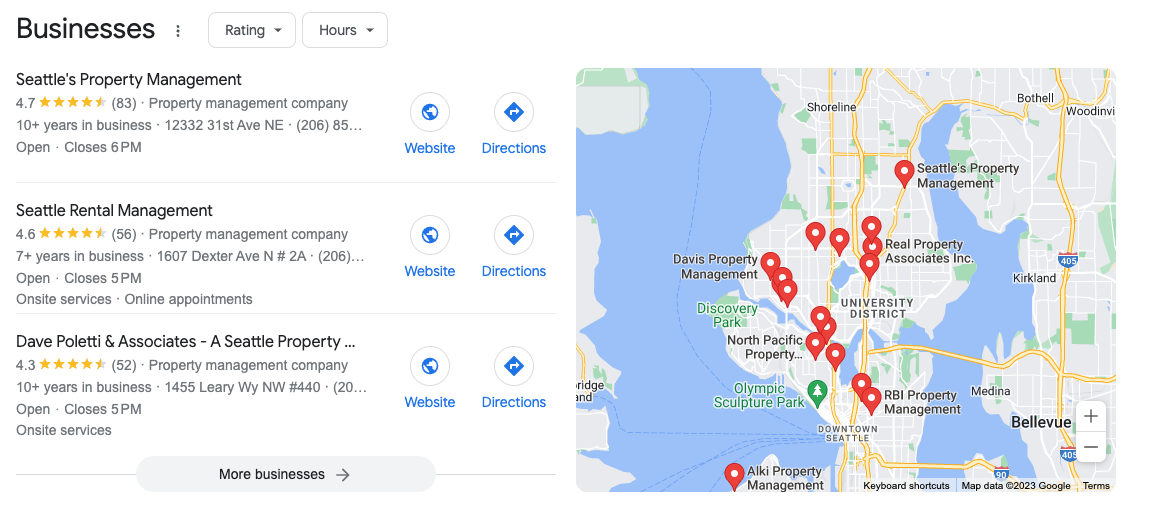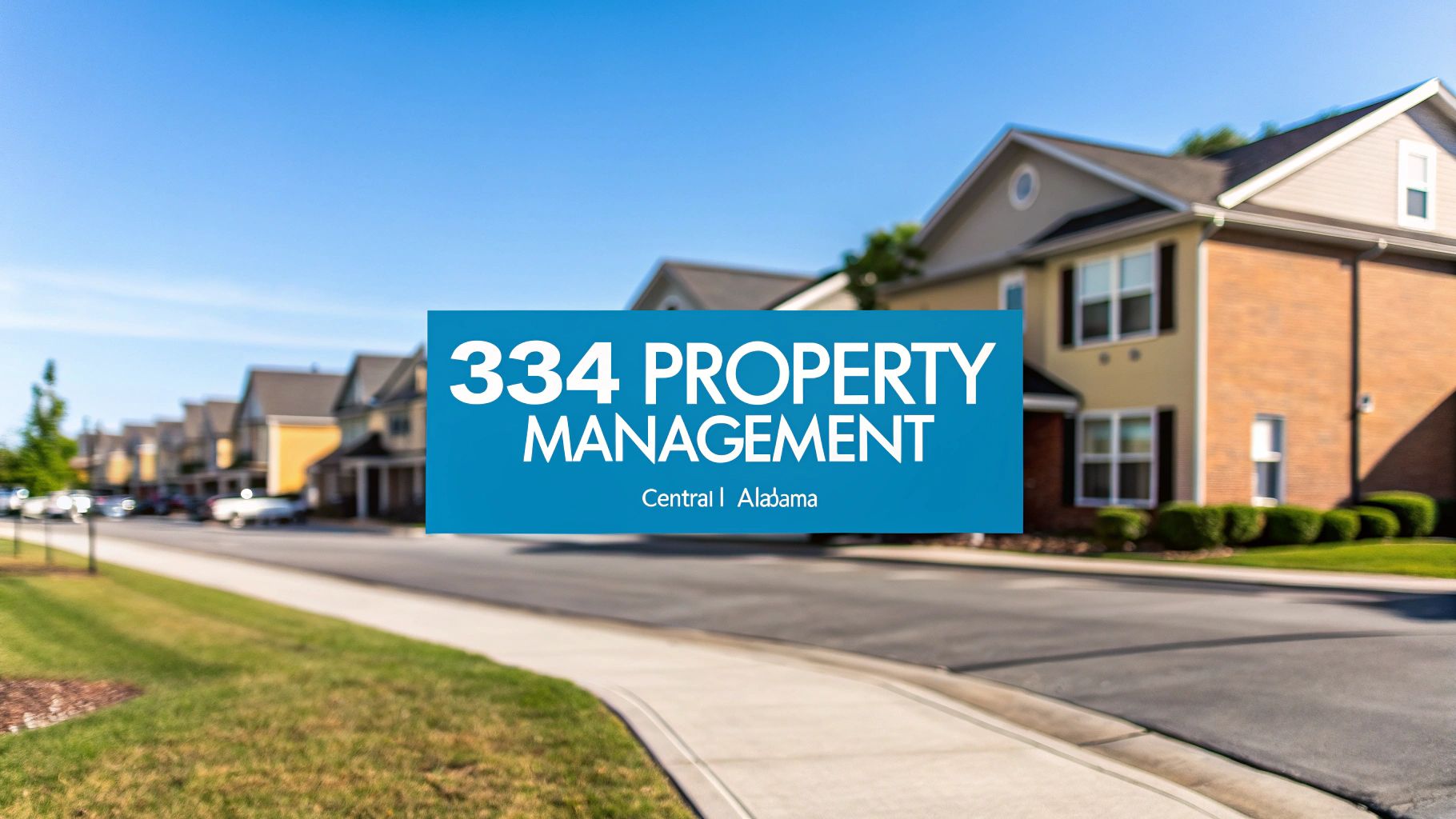While most property management growth strategies focus only on new client acquisition, the truth is that you can’t truly grow your business without optimizing it. That’s why we’re focusing not just on the client marketing side of things, but also on internal operations and prospective tenant lead generation.
If your property managers are running all over town for showings and inspections, how can they possibly have time to onboard new clients?
When it comes to growth, the question isn’t "how do you get more clients," but rather "how do you get more clients without increasing your expenses at the same rate?" In other words, how can you scale efficiently?
Let’s look into some of the strategies that our property managers from 20+ cities are utilizing to grow their businesses.
1. Reduce unnecessary hiring
Before you write up a leasing agent job description and make another hire, you need to ask yourself whether or not this hire is truly necessary.
One of the common problems that strikes property managers is extreme seasonality in terms of demand for showings, move-ins, and move-outs. This means that property management company owners will often hire in the busy summer season because they feel they have no other choice. Their team is swamped and they have to hire, otherwise they won’t be able to keep up with demand and they’ll frustrate clients who want to get their properties rented as quickly as possible.
But then, come winter, these new hires won’t be busy anymore. Work will become slow. Then, PMC owners have to wonder whether they should keep their team through winter or let the newer hires go.
This cycle is incredibly stressful for everyone involved.
To solve it, outsource your fieldwork so you can get help with showings and inspections from licensed professionals without having to make costly hiring decisions.

2. Protect property managers’ time
Another important way to grow your business is to protect your property managers’ time. The fact is that property managers need to keep their clients happy. On average, most property managers will be able to manage 100 doors each.
However, when PMC owners protect their property managers’ time, that average door count per person can stretch to around 200 doors each.
This means that the same amount of employees can handle even more clients. In order to protect your employees’ time, outsource showings and inspections and pay less than what you pay your employees for the same amount of time. Remember, you’re not just paying for employee time during the showing, but also for the drive to and from the property.
Showdigs offers affordable and flexible fieldwork by leveraging our network of on-demand, licensed real estate agents who only cover properties within a 10-minute drive from where they live and work.
3. Focus on onboarding new clients
Now that you’ve saved your employees’ time, you’ll be able to allocate more of your team’s time to onboarding new clients. This can involve:
- Faster follow up time with client leads
- More sales calls with client leads (and calls that take place sooner)
- More time to answer questions from prospective clients and continue to follow up after an initial phone call
- More time to spend on the onboarding process of a new client and property, including pricing, making suggestions on property improvements, adding the property to your system, creating the listing, etc.
Essentially, if you heavily prioritize lead generation without spending time on the onboarding process, you’ll frustrate new clients. And that doesn’t lead to growth! Offering quality service is key if you want to build up more referrals.
4. Contact absentee owners
It’s important to optimize your business systems before turning up the volume with marketing. After you’ve implemented the first few tips, you can move on to increasing your marketing outreach.

One of the best lead-generating strategies for property managers is to contact absentee owners via cold calling or direct mail.
Of course, you’ll never know whether or not the absentee owners in your area are landlords, already have a property manager, or own a home that a family member lives in, but one thing is for certain: this classification of homeowners (whom you can find in public records data) are much more likely to need property management services than any other type of homeowner.
So by sending direct mail to them, instead of any homeowner in your area, you increase the ROI of your campaign while cutting its cost.
5. Reach out to probable buy and hold investors
Probable buy and hold investors are also great targets for your marketing and cold calling campaigns!
Using a property information platform, you can narrow down potential investors in your area by looking for:
- Recent small multifamily purchases below a certain amount
- Recent home purchases below a certain amount with 100% equity and no loan
- Recent home purchases with hard money loans
- Recent home sales where the home was purchased within a year of the sale (these investors will be flippers, but might also utilize the buy and hold strategy for other properties)
Same as with absentee owners, you can contact them via direct mail or cold calling.
6. Prioritize SEO as a key marketing strategy
We’ve explored the ways that you can optimize your business processes and grow your business with direct marketing. But what about inbound marketing? How can you attract leads without the pain and cost of outreach?
For property managers, one of the absolute best things you can do is to optimize your website. Search engine optimization (SEO) is a long-term strategy, but over time, it will prove to be one of the most cost-effective marketing tools in your belt.
As a property management company, you have local SEO on your side, which is easier than trying to rank for keywords on a national, or even global, scale.

Here are the top SEO tactics to employ:
- Make sure your is accurate and up to date.
- Encourage existing clients or satisfied tenants to leave a review for your business on Google (the more reviews you have, the more likely you are to show up in search results in the Map view).
- Target very specific keyphrases with your website pages such as “[city name] property management company” or “[city name] property manager” and learn how to optimize for that keyphrase.
- Build high quality backlinks to your website.
7. Invest in paid SEM
And finally, we get into paid advertising, otherwise known as search engine marketing (SEM). To gain new clients, SEM will offer much better results than social media PPC. It will be hard to target homeowners on Facebook and Instagram who might want to hire you. However, with SEM, you’re targeting high-intent leads who are actively searching for your product.
So, if you don’t rank for the best keyphrases, you still have a chance of showing up with paid search ads. And, even if you do rank organically, you’ll likely want to invest a reasonable amount into paid search so that you can show up at the top of the search results alongside your local competitors.
As you can see, property management growth strategies aren’t just about gaining new leads. You need to ready your business for growth and be prepared to offer the highest quality service without allowing your expenses to skyrocket. As we discussed, one of the most important strategies for growth is prioritizing attracting new clients, and retaining them with a thorough onboarding strategy. If you feel like you're being pulled in 1,000 different directions, consider using Showdigs!
Showdigs is the only all-in-one leasing software that handles every aspect of the leasing process from inquiry to lease to move-out report. The best part? We integrate easily to your existing tech stack — AppFolio, CodeBox, and more!
Click here to take a self-guided product tour and discover why property managers are making the switch to Showdigs' comprehensive leasing hub.




.png)


